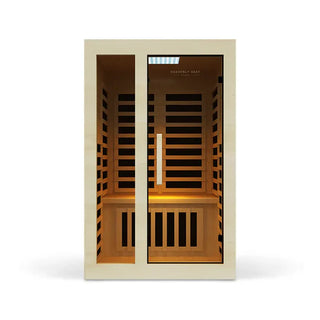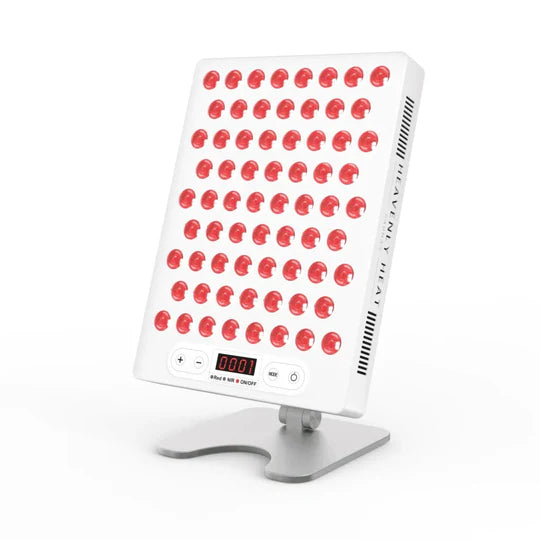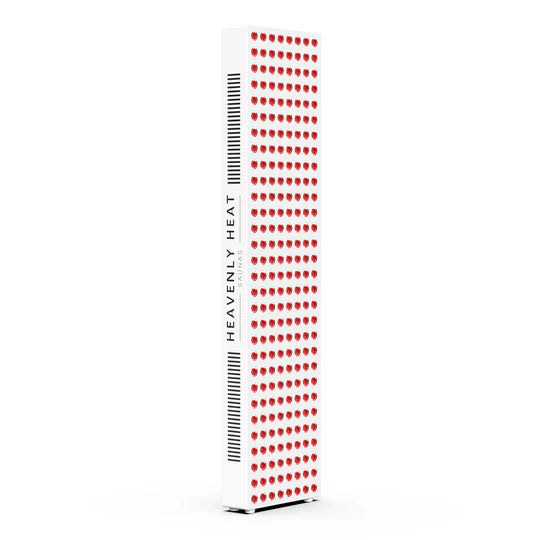Why Does My Hot Tub Breaker Keep Tripping? Common Causes

Is your hot tub breaker tripping again and again? It’s frustrating when you just want to relax, but the power keeps cutting out.
Breaker trips happen for a reason, and ignoring them can be dangerous. In this guide, we’ll explore the most common causes, from wiring issues to water damage, and show how to fix them safely.
Key Takeaways
Use a Dedicated Circuit: Always run your hot tub on its own GFCI-protected circuit to prevent overloads.
Watch for Moisture Issues: Water leaks or condensation can trip breakers and damage components.
Inspect Wiring Regularly: Loose or faulty connections are a common cause of trips and electrical hazards.
Check Pumps and Heaters: Failing motors or heater elements can draw excess power and trigger the breaker.
Avoid Extension Cords: Never use an extension cord with your hot tub; hardwiring is essential for safety.
Why Does My Hot Tub Breaker Keep Tripping?
Overloaded Circuits
An overloaded circuit occurs when too many devices draw power from the same line. If a hot tub shares a circuit with appliances like a refrigerator, microwave, or outdoor lights, the breaker may trip when they run together.
Signs of overload include dimming lights, warm outlets, or breakers that shut off immediately. A hot tub should always have its own circuit.
Ground Faults and GFCI Trips
A ground fault occurs when electricity leaves its intended path, often through water or metal.
Hot tub breakers use GFCI protection, which shuts off power when it detects even a small leak.
If the breaker trips while the tub is off, moisture or damaged wiring may still be leaking current.
Common causes include a worn heater element, a motor with damaged insulation, or water inside the cabinet.

Faulty Wiring or Loose Connections
One of the most common reasons a hot tub breaker keeps tripping is faulty wiring or loose electrical connections.
While electricians don’t keep exact statistics, they frequently report that unsecured wiring is a leading cause.
A loose connection creates an unstable electrical path, which can trigger shorts or ground faults, forcing the breaker to trip as a safety measure.
Corrosion can make this worse over time, increasing resistance and heat. Hot spots like these often show up clearly on a thermal inspection, where a loose terminal glows hotter than its surroundings.
These issues can happen inside the hot tub’s components, in a junction box, or even in the main breaker panel.
According to data shared by the City of Euclid, faulty wiring is responsible for about 33% of residential electrical fires in urban areas, making it a serious hazard not to ignore.
Electrical codes, such as the NEC, require hot tubs to be protected with GFCI devices and proper grounding, extra safeguards that cut power when faults occur. If your breaker keeps tripping, call a licensed electrician immediately.
Malfunctioning Pumps or Heaters
Hot tub pumps and heaters often cause breaker trips. A failing pump motor can short internally or strain if the impeller is clogged, drawing excess power.
Heater elements are another common issue, if the breaker trips only when the heater runs, the element is likely bad. To test, run the tub with the heater off; if the breaker holds, the heater is the problem.
Water Damage and Moisture Issues
Moisture is one of the most common reasons hot tub breakers trip, even though there aren’t exact statistics showing how often it happens.
Water and electricity simply don’t mix, and hot tubs are especially vulnerable because they’re constantly exposed to humidity, rain, and even the chemicals used to treat the water.
That’s why hot tubs are required to have GFCI breakers, which shut off power the moment they detect moisture-related faults, preventing a much bigger hazard.
Signs of trouble often include frequent breaker trips, corroded wires, or water sneaking past worn seals and into the control box.
Over time, condensation and leaks can damage heating elements, motors, or pumps, making the problem worse.
To reduce the risk, the National Electrical Code (NEC) requires moisture-resistant wiring, weatherproof enclosures, and GFCI protection, while manufacturers recommend using watertight connectors and gaskets to block seepage.
If your breaker keeps tripping, don’t ignore it, have a licensed professional inspect your system to keep both your spa and your safety protected.
How to Know Your Hot Tub Is Tripping the Breaker?
If your hot tub keeps tripping the breaker, it usually comes down to either water getting where it shouldn’t or electrical faults in the system.
Moisture is a big culprit, it can sneak into the breaker box, pumps, or heaters, creating ground faults or short circuits that trigger the GFCI breaker.
Electrical problems like a failing heating element, loose wiring, or an overloaded circuit are also common.
Since most hot tubs run on a dedicated 50-amp, 240-volt line, they draw a lot of power, and even a small issue can cause a trip.
Breakers themselves can also wear out over time, especially in damp or outdoor settings, where moisture and age often lead to nuisance tripping.
That’s why codes like the NEC require hot tubs to be on their own GFCI-protected circuit, installed by a licensed electrician, with weatherproof covers and proper sealing.
Regular testing, keeping components dry, and routine maintenance go a long way in preventing trips, and calling a pro is the safest way to pinpoint the exact cause.
FAQ
Can a bad heating element cause my hot tub breaker to trip?
Yes, a faulty hot tub heating element can trip the breaker. Short circuits from corrosion or mineral buildup cause this. To test, disconnect the element, reset the breaker, and if it stays on, replace the element yourself or hire a certified electrician for safety.
Can water leaks cause my hot tub breaker to trip?
Yes, water leaks can cause your hot tub's GFCI breaker to trip by creating short circuits or ground faults. Common sources include moisture in the breaker box, corroded heater elements, pumps, or wiring. Always turn off power and have a qualified professional inspect and repair leaks.
Can faulty wiring or a bad pump motor cause my hot tub breaker to trip?
Yes, a hot tub breaker can trip due to faulty wiring, a bad pump motor, a damaged heater element, or a faulty GFCI breaker. Common causes include motor short circuits, failed capacitors, loose or damaged wires, moisture intrusion, heater leaks, or component failures, requiring inspection or professional repair.
How do I test or reset a hot tub GFCI breaker?
Manufacturers recommend testing your hot tub’s GFCI breaker at least once a month to make sure it’s working properly and keeping you safe. The process is simple: plug in a small device like a lamp, press the “Test” button on the breaker, and check that the device turns off. Then press “Reset” to restore power and confirm the device turns back on. If the breaker doesn’t trip or reset, it may be faulty and should be replaced by a licensed electrician. Industry standards from the NEC and UL also ensure that GFCI breakers are designed to reset safely, with features like trip indicators and self-testing functions that prevent resets on defective units. When resetting after a trip, first unplug connected devices, fully switch the breaker handle to “Off,” then back to “On.” Restore power to devices one at a time, if the breaker trips again, the appliance may be the problem. Always call a professional if the breaker won’t reset, as this could signal wiring or breaker failure.
Should I replace my hot tub breaker if it keeps tripping?
You should not immediately replace a hot tub breaker that keeps tripping. Frequent trips may indicate a faulty breaker, short circuit, loose wiring, or component issues like the heater or pump. Test by disconnecting all components; if it still trips, a certified electrician should replace it.
Can using an extension cord with a hot tub cause breaker trips?
Using an extension cord with a hot tub can definitely cause breaker trips, and much worse. Electrical codes like the NEC strictly prohibit using extension cords for high-power appliances because they’re only meant for temporary, portable devices. Hot tubs, on the other hand, demand a lot of electricity, often 30 to 60 amps on a 240-volt service, while most household extension cords are only rated for a fraction of that. This mismatch leads to overheating, voltage drop, and overloaded circuits, which can trip breakers or even melt the cord and start a fire. The risk is higher if the cord runs under rugs or through doorways, where damage can go unnoticed. Beyond performance issues, it’s also a serious safety violation that can void warranties and create shock hazards in a wet environment. To be safe, a hot tub should always be hardwired on its own dedicated, GFCI-protected circuit by a licensed electrician. If your breaker keeps tripping, that’s a warning sign, stop using the extension cord and call a professional.







































